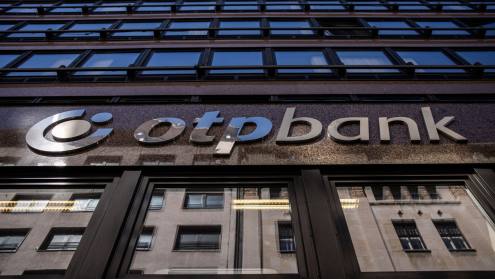Since the advent of the financial crisis, regulators and analysts have been highly focused on capital. But capital is by no means the only element that needs to be considered in drawing conclusions on a bank’s health.
To properly understand a bank an analyst needs to look not only at capital but at liquidity, asset quality (probabilityof default and loss given default) and provisioning among an array of factors.A bank could have a high Bank of International Settlements (BIS) ratio and yet if it had high exposure to a rapidlydeteriorating asset class, it could quickly burn through the lot. Equally a low capital ratio is fine if asset quality is stable.What is clear from the tables presented here is that percentages of profits to capital and assets have deterioratedfrom last year but capital levels have not. In some cases this will be because as banks have faced write downsthey have also been out in the market raising new capital.Comparing this year’s bottom 25 disclosed BIS ratios tables with last year’s does not show significant change inthe ratios and the non performing loan percentages table seems to show some improvement – perhaps due to adegree of cleansing.The really big question now is what amounts of capitalregulators start demanding banks to hold. The outcomewill be crucial for world economic recovery.
Highest Disclosed Non-Performing Loans (As % of Total Loan Book)






